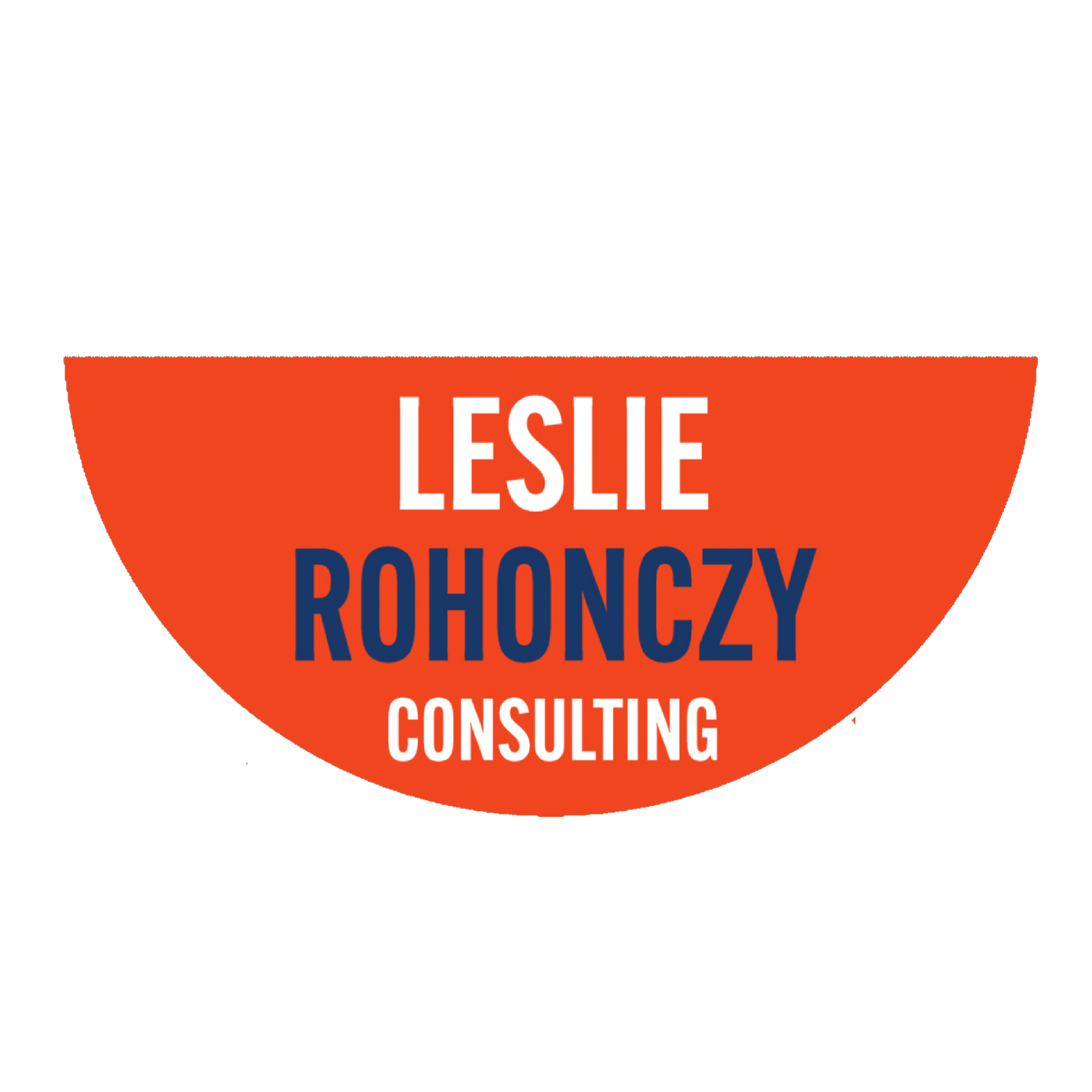Corporate mergers are high-stakes, high-pressure events that can determine the trajectory of an organization for years to come. Yet, despite the billions spent on due diligence, integration planning, and cultural assessments, one critical factor remains underutilized: executive coaching. Research consistently shows that leadership development and coaching during mergers lead to better financial outcomes, smoother transitions, and stronger organizational alignment. So why do so many companies ignore this powerful tool when they need it most?
The High Cost of Overlooking Leadership Development in Mergers
Organizations often delay investing in leadership development and coaching during a merger due to the belief that there is "no time for coaching now." However, prioritizing executive coaching during a merger can actually save time and money, mitigate integration challenges, and enhance long-term success. Consider these research-backed insights:
Cost Reduction
Reduced Integration Costs: Poorly managed mergers can increase costs by 15-30% due to inefficiencies (EY, 2022). Leadership coaching helps teams anticipate challenges, resolve conflicts efficiently, and minimize redundancies (McKinsey, 2021).
Return on Investment (ROI): The ICF Global Coaching Study reports an average coaching ROI of 5.7 times the initial investment. PwC’s analysis indicates an ROI of seven times the cost of employing a coach.
Turnover Reduction: Misaligned cultures and uncertainty during mergers lead to higher turnover. Leadership coaching improves engagement, reducing turnover by up to 40% and saving replacement costs, which can be 1.5 to 2 times an employee’s annual salary (Harvard Business Review).
Efficiency Gains
Improved Productivity: According to the International Coach Federation (ICF), 70% of coaching clients report improved work performance, and 51% note enhanced team effectiveness.
Accelerated Decision-Making: Leaders receiving coaching are 86% more likely to make effective, timely decisions (Leadership Quarterly), preventing costly delays.
Faster Integration Timelines: Companies with strong leadership during mergers report up to 22% faster integration timelines (McKinsey, 2021).
Reduced Inefficiencies: Leadership alignment initiatives can reduce post-merger inefficiencies by 30% (Deloitte, 2022).
Change Management & Culture Integration
Increased Likelihood of Success: Research by Boston Consulting Group shows that coaching senior leaders boosts the probability of successful transformations by over 70%.
Stronger Stakeholder Confidence: Organizations demonstrating proactive leadership during mergers experience 20% higher stakeholder confidence (Boston Consulting Group, 2022).
Cultural Alignment: Up to 70% of mergers fail due to cultural incompatibility (Deloitte, 2020). Leadership coaching helps integrate differing corporate cultures, unifying teams toward a shared vision.
Higher Employee Retention: Companies prioritizing leadership coaching during mergers experience 40% higher employee retention rates (Boston Consulting Group, 2023).
Leadership Development: The Key to a Unified Strategy
Stronger Leadership Strategies: Mergers with aligned leadership are 33% more likely to achieve their objectives (PwC, 2022).
Better Team Performance: Executive coaching has been shown to increase team performance by 50%, fostering better communication and collaboration.
Collaboration Gains: Harvard Business Review (2021) found that executive coaching programs led to a 70% improvement in cross-functional team collaboration during mergers.
Increased Leadership Confidence: 95% of leaders report better utilization of new leadership behaviors after coaching, and 94% report increased confidence (International Coaching Federation).
Improved Integration Outcomes: Companies investing in leadership development during mergers see a 25% improvement in integration outcomes (McKinsey, 2023).
Research on Executive Coaching in Mergers
If you’re still skeptical about the power of coaching in mergers, consider these groundbreaking studies:
"Coming Together: A Grounded Theory Study of the Role of Coaching in the Mergers & Acquisitions Process" (2021) – Heiki Thomas & Jonathan Passmore found that coaching mitigates pressures and tensions, improving leadership, culture, and communication (CoachHub).
"Guiding Through Turbulent Times: Coaching During Merger and Acquisition" (2024) – This qualitative study highlights how coaching supports employees in coping with merger transitions (Taylor & Francis Online).
"Leadership Strategies for Improving Mergers and Acquisitions Performance" (2020) – Walden University research underscores the necessity of leadership development for post-merger integration success (Walden ScholarWorks).
"Why a Winning Leadership Team Matters for M&A Strategy" (2022) – Korn Ferry identifies leadership development as a key predictor of M&A success, reinforcing the need for executive coaching (Korn Ferry).
Make Coaching Your Competitive Advantage
Organizations that invest in executive coaching during mergers are better positioned to reduce costs, improve efficiency, and accelerate integration timelines. Coaching equips leaders with the skills to navigate complexity, drive performance, and inspire their teams through uncertainty.
The question isn't whether you can afford to invest in leadership coaching—it’s whether you can afford not to.
If your organization is navigating a merger or acquisition, and you’re looking to align, integrate, and thrive in this high-stakes transition, let’s connect. Book a discovery call today to explore how executive coaching can be your secret weapon for merger success.



